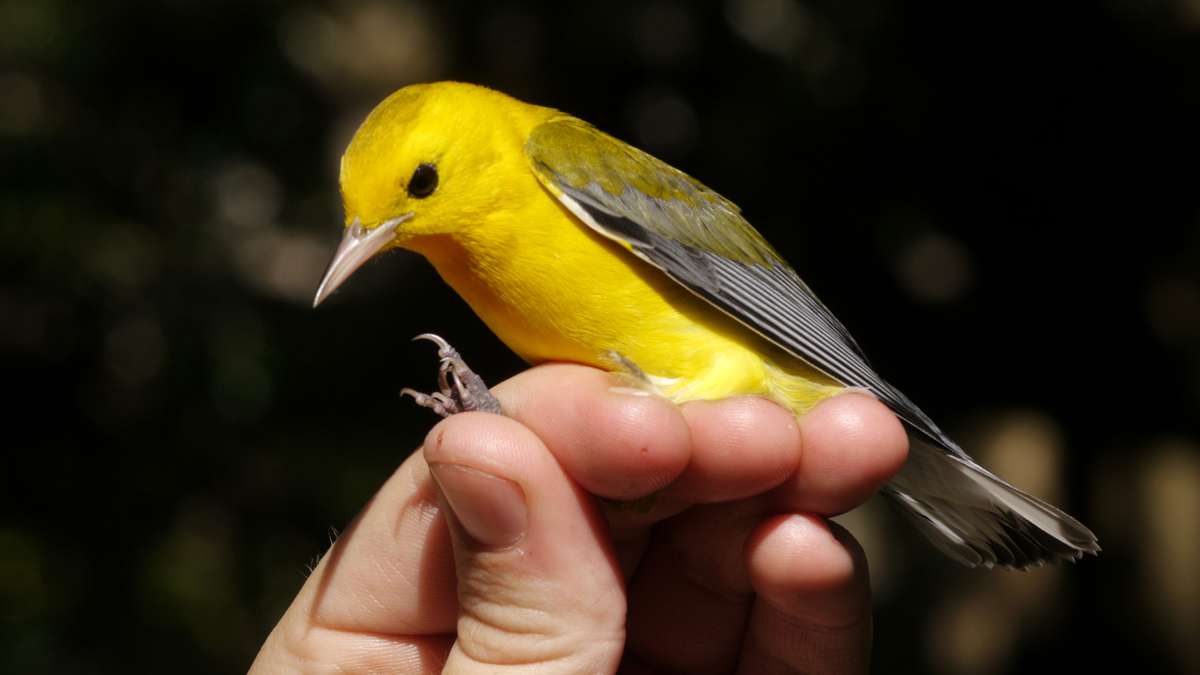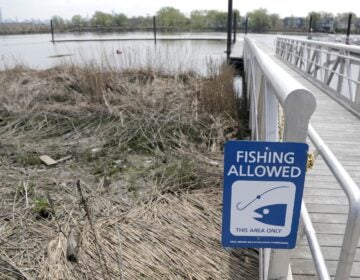Kickstarter documentary profiles 22-year-old field biologist from New Jersey
You could say it’s a calling.
Tyler Christensen, a 22-year-old Hopewell, N.J., resident, has an ability to see birds that escape the eye of others. He can hear them, he can identify them, and he has designed his own research around them. An on-and-off college student who failed high school biology (“I barely finished high school,” he admits), he has found his mission following the migrations of birds to the tropics.
“Field Biologist,” a new film by Jared Flesher, documents a trip Christensen took to the Nicoya Peninsula of Costa Rica to study neotropical migratory songbirds and devise a plan to save the endangered mangrove hummingbird.
Field Biologist will screen at the Lawrence Branch of the Mercer County Library Nov. 19, 2014 the Tulpehaking Nature Center in Hamilton Jan. 9, 2015 and Bowman’s Hill Wildflower Preserve Jan. 29 It has been shown at the Yale and Somewhat North of Boston environmental film festivals, and will be screened at the Barcelona Environmental Film Festival this month. It returns to the Princeton Environmental Film Festival in March.
Becoming a “field biologist” began with failing to reach his goals in rock climbing. The compulsive outdoorsman knew he needed another activity, and found it through the lens of his binoculars, just as Flesher found it through his camera.
Flesher first encountered Christensen when working on Sourlands (winner of the 2013 Emerging Filmmaker Award at the Princeton Environmental Film Festival), a documentary about New Jersey’s last contiguous forest. Flesher needed to shoot Kentucky warblers and scarlet tanagers, but when unable to sight them was referred to Christensen, who had been collecting data on declining migratory birds for the Institute for Bird Populations.
“I asked him to take me out, and it was a spectacular experience. Birds were throwing themselves at the camera,” recounts Flesher from his home in the Sourlands.
“Tyler has a rare ability to know what everything sounds like,” continues Flesher. “He picks up what I might not. The Kentucky warbler is rare in the Sourlands — other photographers have been trying for years, but with Tyler, after 20 minutes one perched on a branch. You never know if it’s coincidence or a magical moment — he has a special knack.” In the film, we learn that Christensen forgets an important birthday celebration because he is focused on a rare sighting of a crested caracara in West Windsor, the first in New Jersey record.
Flesher and Christensen’s friendship is based on a shared interest in the natural world – they even look alike, with fair skin and closed cropped hair. Field Biologist is the third film project for Flesher. “I had finished Sourlands and was looking for another project. As a filmmaker and storyteller, I’m always looking for interesting characters. Tyler is fun to go out into woods with, and a good protagonist for a film about natural diversity and following your passion.”
Flesher spent 12 weeks trailing Christensen in Costa Rica, from the cloud forests of Monte Verde to the Nicoya Peninsula, while Christensen followed birds, snakes and butterflies.
The film begins with Tyler sitting in front of a player piano draped with leopard skin and alligator skulls as he talks about his father, who loved to chase snakes and collect bones. Christensen, whose impulses to chase his dreams are undoubtedly related to his trouble in school, gave a scholarly presentation to the Washington Crossing Audubon Society following a screening of Field Biologist last month – it held the attention of a room full of serious bird enthusiasts.
“We have a moral obligation to save these birds,” said Christensen. “Our entire being is centered around helping others.”
Flesher served as producer, researcher, director, cameraman, lighting and sound engineer, editor and publicist. “Working one on one with my subject, I can see moments of true character and honesty that I might not see if there were five other people out in woods,” says the filmmaker.
With funds raised on Kickstarter and from his own pocket, Flesher says “I’m proud of the fact that I finished three films in five years, all paid for themselves and have been profitable.” Not hugely profitable — he still has his day job. The 32-year-old editor of Edible Jersey magazine boasts of the carbon footprint of his 0 mile commute (he works from home, alternately tending his garden and painting rooms). Although production costs are lower than they used to be, “it’s harder for an independent journalist to make a living. The continued challenge is, can independent documentary filmmaking be sustainable over the long term? With each film I’m getting smarter at keeping costs down.”
He invested $6,000 for equipment, travel and food. “The biggest investment is the amount of time put in. That said, it’s a great investment because I love doing it and it doesn’t feel like work.” Same with Christensen.
Now that his quest has been immortalized on the silver screen, Christensen is readying for his fourth winter in Costa Rica. Having completed community college, he is enrolled at Rutgers where he is studying ornithology and ecology. He’ll miss a week or two of classes while doing fieldwork in the tropics, but hopes to convince his professors that’s OK.
Screening schedule and trailer for Field Biologist: www.fieldbiologistmovie.com/
_______________________________________
The Artful Blogger is written by Ilene Dube and offers a look inside the art world of the greater Princeton area. Ilene Dube is an award-winning arts writer and editor, as well as an artist, curator and activist for the arts.
WHYY is your source for fact-based, in-depth journalism and information. As a nonprofit organization, we rely on financial support from readers like you. Please give today.








